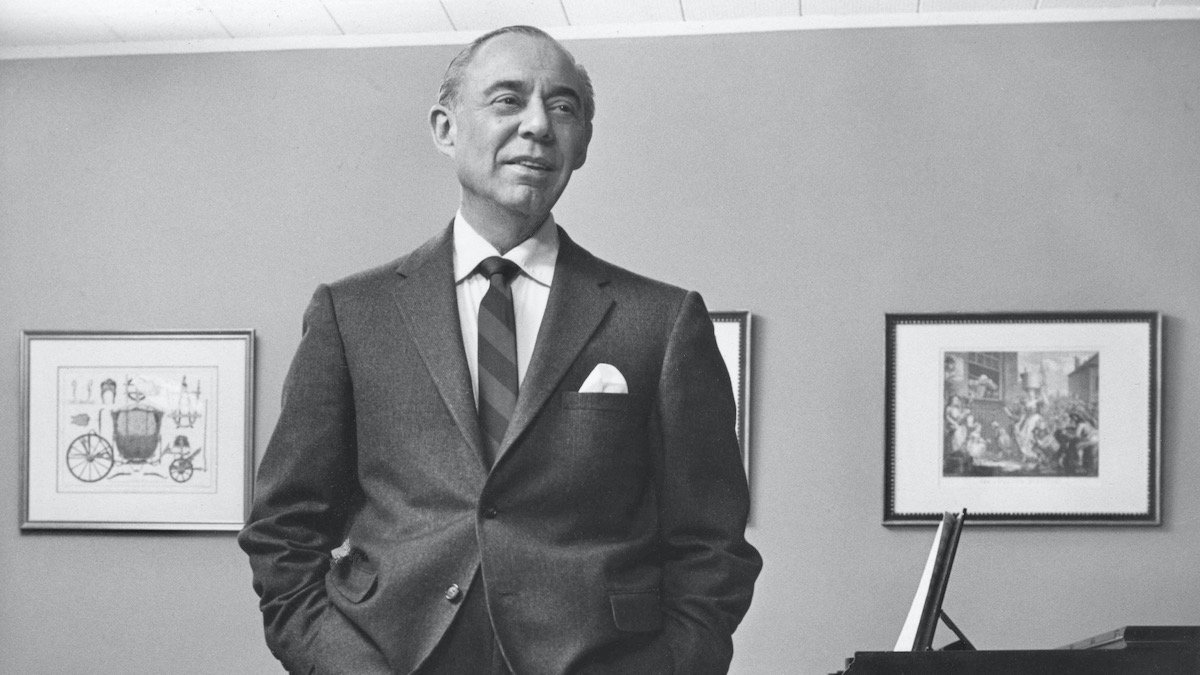Why is Richard Rodgers famous?
Richard Rodgers is most known for his compositions, which have made a substantial impact on American musical theater. He became well-known for his ability to write catchy songs and for his partnerships with gifted lyricists like Oscar Hammerstein II and Lorenz Hart. Many of Rodgers’ tunes have become iconic standards in the American songbook, and his music has had a significant influence on the genre.
Richard Rodgers’s notoriety has been mostly attributed to:
Broadway Musicals: More than 40 Broadway musicals have had music penned by Rodgers, many of which go on to become renowned classics. His partnerships with lyricists produced some of the most beloved and profitable musical theater productions in history.
Memorable Songs and Catchy Melodies: Rodgers has a talent for crafting memorable melodies that encapsulated the spirit of the characters and narratives in his musical productions. Even now, songs like “My Funny Valentine,” “Oh, What a Beautiful Mornin’,” and “Edelweiss” are still well-known and in demand.
Creative Partnerships: Rodgers collaborated with two extraordinarily gifted lyricists, Oscar Hammerstein II and Lorenz Hart, each of whom brought a distinct viewpoint and style to the partnership. While Hammerstein was writing works that were socially concerned and emotionally impactful, Rodgers was writing clever and sophisticated tunes with Hart.
Richard Rodgers’ efforts had a significant influence on the development of American musical theater. His compositions influenced a generation of composers, lyricists, and singers by setting new benchmarks for the genre’s storyline, music, and lyrics.
Acknowledgments and Honors: Throughout his career, Rodgers was bestowed with a plethora of accolades, including as the Pulitzer Prize, Tony Awards, Kennedy Center Honors, and the Presidential Medal of Freedom, all of which cemented his position as one of the leading lights in American theater and music.
All things considered, Richard Rodgers’ continuing notoriety is a result of his outstanding compositional genius, his capacity to write songs that endure, and his crucial influence on the development of American musical theater.
What was Richard Rogers best projects?
Over his career, Richard Rodgers was involved in a number of important and successful projects. The sifting between his “best” works may be impossible because they have all had different effects on judges and audiences.
But here are a few of Richard Rodgers’ most well-known and cherished works:
Oscar Hammerstein II wrote the lyrics for the ground-breaking musical “Oklahoma!” (1943), which is regarded as one of Rodgers and Hammerstein’s best works combined. Using dance, lyrics, and music to move the action along, it changed the genre and gave us hits like “Oh, What a Beautiful Mornin'” and “People Will Say We’re in Love.”
Another Hammerstein creation, “Carousel” (1945), is well-known for its lush soundtrack and emotionally charged plot. Well-known tunes from the musical contain “If I Loved You,” “You’ll Never Walk Alone,” and the eerie “Soliloquy.”
“South Pacific” (1949) A huge hit, Rodgers and Hammerstein’s production of James A. Michener’s “Tales of the South Pacific” covered themes of inequality, love, and war. Well-known tunes from it include “Some Enchanted Evening,” “Bali Ha’i,” and “I’m Gonna Wash That Man Right Outa My Hair.”
Based on Margaret Landon’s novel “Anna and the King of Siam,” “The King and I” (1951) is a musical with lyrics by Hammerstein and music by Rodgers. Featuring well-known tunes like “Getting to Know You” and “Shall We Dance?”, it narrates the tale of the King of Siam and British educator Anna Leonowens.
“The Sound of Music” (1959) One of the most cherished musicals ever created, it was Rodgers and Hammerstein’s last joint production. A classic collection of songs, including “My Favorite Things,” “Edelweiss,” and the title track “The Sound of Music,” it is based on the actual story of the von Trapp family.
